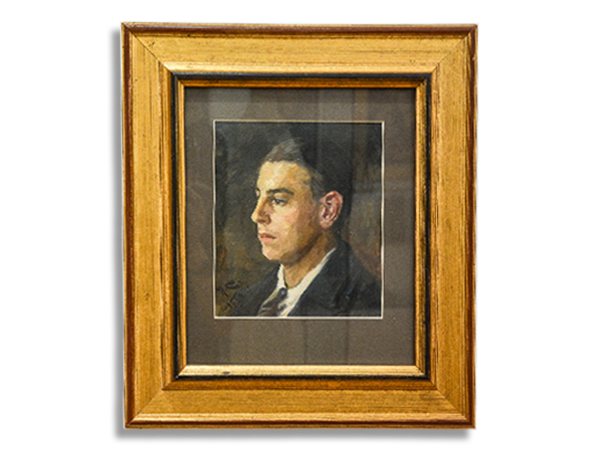
Painting

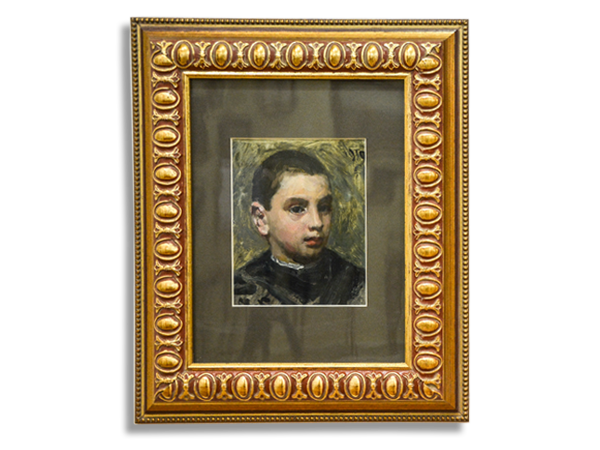
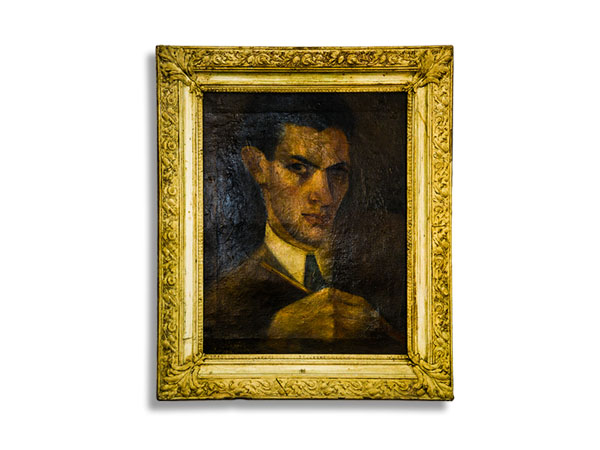
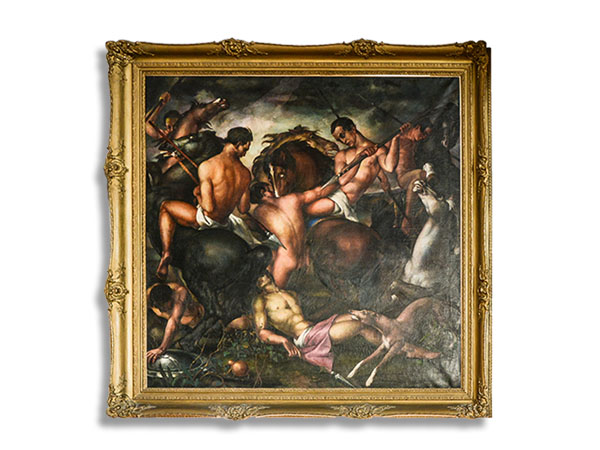

Born in Tuzla, Bosnia, Ljuba studied Fine Arts in Belgrade but was shocked by the discovery of 1959 exhibition of surrealist art from the Urvater collection. In 1960, he founded the movement ‘Mediala’, meaning ‘Honey and Dragon’, to express both the concepts of desire and fear. Ljuba arrives in Paris in 1963 and is immediately taken in by French galerists and surrealists. Living in Paris and supported by Thessa Herold’s gallery, Ljuba paints fantastical paintings, full of disturbing and desirable creatures, reminiscent of Dali’s work, according to Mandiargue’s review in 1970. Inspired by a mixture of Renaissance and Baroque painting, as well as his grandfather’s exorcisms, Ljuba’s works teems with the demons of a dark pessimism. (Les Peintres Surrealistes, Sarane Alexandrian, p.58-59).
He is the subject of the short documentary film L'amour monstre de tous les temps (1978) by Walerian Borowczyk. He was member of SANU.

Studied painting and drawing in the Serbian painter's and draughtsman's school of Kyril Kutlik, and later Beta Vukanović. In 1905. enrolls private painting school of Anton Ažbe, and in the same year the Kunstgewerbeschule in Munich.
After his return to the homeland, he was, first, appointed as a teacher in a grammar school, and later a professor of drawing in the Arts and Crafts School in Belgrade. He was a teacher at the Academy of Fine Arts in Belgrade from 1940 to 1945 as a full-time professor of printmaking.
Travels through the country and abroad, and makes drawings which were published in several specially edited albums. He was a member of "Lada" artist's group.
In 1922 he became a member of Serbian royal academy (later Serbian Academy of Sciences and Arts).
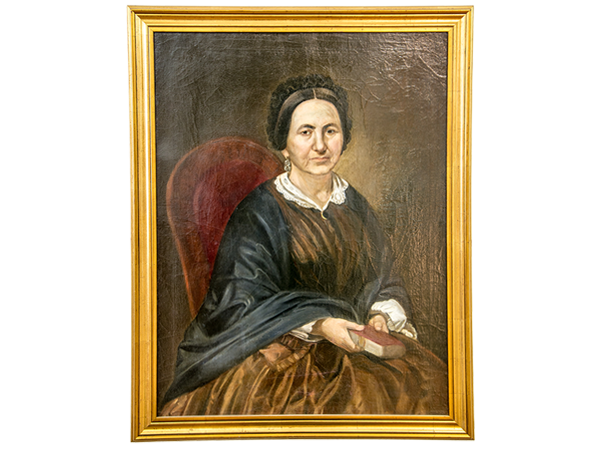

Dimitrije Popovich was serbian iconographer from the 18th centuy

Painter.
(More information at the moment unavailable)

Well-known serbian wood-engraver.
